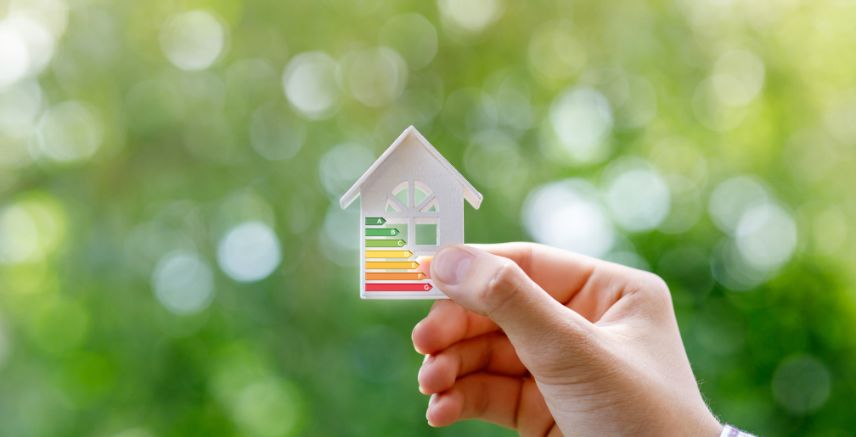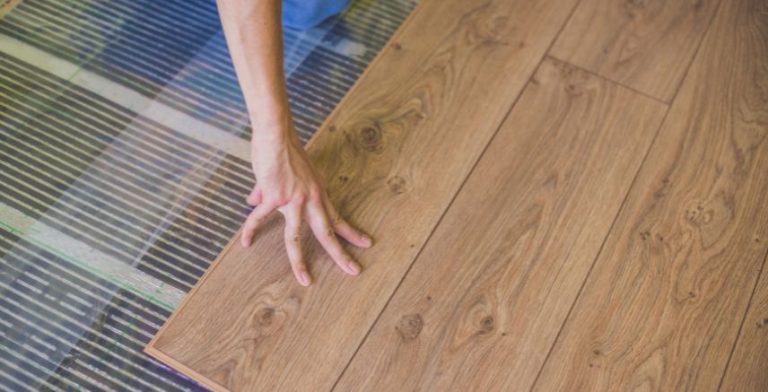Green Living 101
An energy-efficient home should be something that every homeowner strives to have. Energy-efficient household appliances and products shave off tons of unnecessary costs off of monthly utility bills and help establish renewable energy routines for a healthier environment.
Not sure where to start? There are a ton of ways you can turn your home into an energy-efficient one. Small changes add up, and that’s exactly the plan with each small, achievable and DIY project that will end up paying off in the end.
Upgrade to Energy Star Appliances
If you’ve shopped at any home improvement store, then you’ve likely seen appliances tagged with a sky blue label with “Energy Star” scrawled across in loose script. What is Energy Star? It is a government-supported program that promotes energy-efficient appliances and allows consumers to educate themselves with unbiased information that helps them achieve energy-saving solutions.
If an appliance or product is Energy Star Certified, then it meets certain cost-saving and energy-efficient initiatives put forth by its government-back program. Energy Star products, whether a light bulb, window, washing machine or dishwasher, earn their certification by being the same or better than standard products while utilizing less energy to function and meeting strict criteria set forth by the Environmental Protection Agency and US Department of Energy.
Aiming to replace dated appliances with new Energy Star Certified ones is a great way to secure energy efficiency investments for your home and save money while doing so. This applies to both commercial and residential uses like household appliances or construction appliances.
For example, an Energy Star refrigerator will be 15% more efficient than one that is not—considering that a fridge uses a lot of constant power and energy, it’s worth it to make this appliance upgrade.
Upgrade to Energy Star Lighting
Energy Star light bulbs use two-thirds less energy than a standard incandescent bulb, so imagine the savings you’ll have with just lighting alone. By choosing to upgrade to energy-efficient lighting, an average household can reduce its lighting energy use by 50-70%. Because an average household’s overall energy consumption dedicates at least 11% to lighting, this will certainly be a target area to eliminate unnecessary energy costs and promote renewable energy.
Upgrade Your Windows
As far as energy efficiency investments are concerned, installing new windows in your home is one of the best ones you can implement. Depending on where you live and the state of your old windows, you could see the potential energy savings of 5%-30% when you install new windows. This investment compounds over time, and the longer you live in your home with new windows, the more energy savings you’ll see. Plus, there are the added benefits of a more comfortable (and far less drafty) house and the resale value that comes along with brand-new windows.
A new replacement window costs anywhere from $250 to $750. Often, it is cheaper to hire a contractor to replace all of the windows in your house because it’s easier and more efficient for them.
Upgrade Your Insulation
Upgrade your insulation by replacing it with new sheets, or in some cases, you might need to add insulation to a crawl space, attic or drafty room that doesn’t have any at all. Older homes, especially century homes built during WWII, often relied on crumpled-up newspapers to insulate the walls. If you are experiencing drafts and air leaks, this could be the case for your home.
Adding insulation isn’t just something you do to keep your house warm; insulation effectivity keeps any energy inside—hot or cold. This means that during the scorching hot summer days, your air conditioner won’t need to work as hard to cool your house. The new insulation will keep the cold air inside and the internal temperature regulated. The same goes for the cold winter days, where you will enjoy a comfortable home and drastically eliminate drafts and air leaks. New insulation will save money on heating and cooling costs.
Upgrade to an Energy-Efficient Water Heater
Did you know that your water heater is the third largest energy consumer in your home? An average American household’s water heater can account for about 12% of its utility bill. By installing an Energy Star Certified water heater or energy-efficient on-demand tankless water heater, you could save substantially on your monthly energy bills as well as helping to eliminate wasteful energy use.
Additionally, you can install thermostatic control valves in your shower. These special valves shut your shower off when the water turns warm. This saves on hot water, energy and costs until you’re ready to hop in—to no inconvenience to you.
Small Steps, Big Change
With every little energy-efficient change you make in your home, you’ll see a big payoff in the end, on your energy bills and in the comfort of your home. Appliances that work efficiently and conserve energy can last longer, and these are investments that will save money in the long term. New windows and eliminating air leaks will boost the resale value of your home, make the inside of your home a more comfortable temperature and you’ll see a return on investment on energy savings. Even simply changing the lightbulbs in your house to energy-efficient lighting can make strides in your household energy savings. These are just a few areas you can easily tackle at little cost and effort.
Learn about what not to fix when selling your house.

